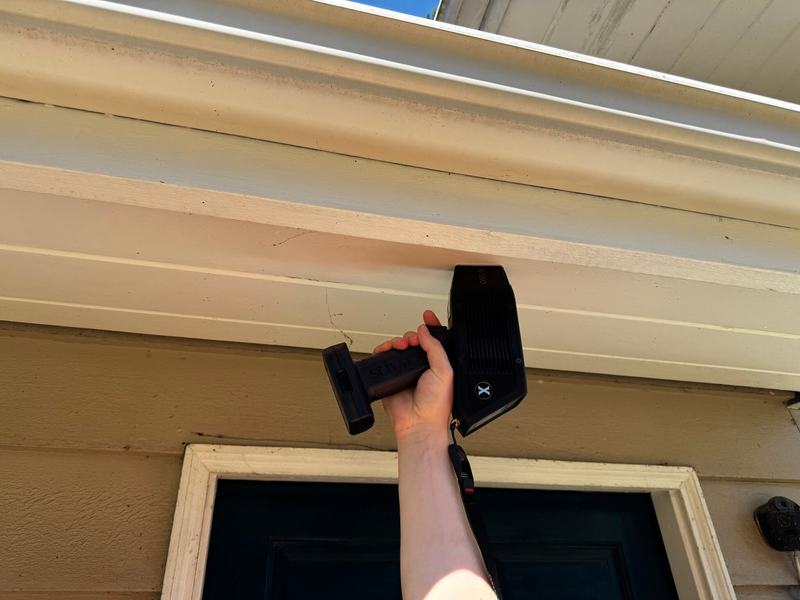
XRF Lead Paint Testing / Surveys
Commercial & Residential Surveys

Lead Section 8 XRF Paint Testing
Commercial & Residential Surveys
All units under the Section 8 Program must follow the HUD Lead Safe Housing Rule and the State/ Federal EPA Renovator regulations.

Soil lead testing in State of Washington is slightly different than paint inspections, and they can be categorized into two groups. These are:
Humans usually suffer symptoms of lead exposure after ingestion. Children that are 2 to 5 years old are at the highest risk because of the increased probability of ingesting soil or dirt. Moreover, pets and children can also track fine lead particles back into your house. These airborne particles can settle close to the entry points, where as dust sampling can find if any harazarous level of lead are present in your home or office. Lead is also not safe for your pets. Dogs and cats can also have health issues from lead exposure. Lead dust poses the highest risk of EBL elevated Blood Levels.
The landlord could decide to have a lead paint inspection done by a certified lead paint inspector or risk assessor. If the result of the certified lead test indicates no presence of lead, the Housing Authority may exempt from such treatment defective paint surfaces that are found in a report prepared by a State Certified Lead Based Paint Inspector or Risk Assessor not to be lead-based paint.
Call 425.608.9553 for XRF Lead testing Seven days a Week!

If there are areas that are positive, the Housing Authority will have to review the report and determine the next course of action.
EPA announced on November 12th that they will be making some changes to 40 CFR 745, including lowering the dust levels for hazards and clearance, effective January 13, 2025.
Here are the highlights:
·Dust-Lead Hazard Standard will be renamed Dust-Lead Reportable Levels
·Dust-Lead Clearance Levels will be renamed Dust-Lead Action Levels
·Dust-lead reportable levels (previously known as dust hazard levels) are “any reportable level”. When applying the “any reportable level” approach for lead dust, the “action level” for laboratories and for recommended action, such as abatement, will become the dust-lead action levels.
·Dust-lead action levels (previously known as clearance levels) will be:
o Interior floors: 5 ug/ft2
o Window sills: 40 ug/ft2
o Window troughs: 100 ug/ft2
·Revision to the definition of abatement. This modifies the trigger for when EPA recommends an abatement (when dust levels are at or above the “dust-lead action levels”)
·Abatement report revision. Additional language will be required in an abatement report to educate the public/occupants to minimize dust-lead hazards and actions to protect themselves after an abatement is complete.
·Updated regulatory definition to include 0-bedroom dwellings where children under six may reside.
Authorized states, such as Washington, have until January 11, 2027 to make the updated changes.
Please reference the Washington standards (WAC 365-230) in your reports, as Washington is an authorized state for both the Lead-Based Paint Activities (LBPA) and Renovation, Repair and Painting (RRP) programs. Until Washington revises WAC 365-230, certified individuals and companies working in Washington will be following the current (less restrictive) WAC 365-230.
This means that until WAC 365-230 is revised, certified inspectors/risk assessors will use the current 10/100/400 standard for dust hazard levels and clearance levels unless the project is HUD-funded or on federal property or tribal lands that requires the reference to the more restrictive EPA standard.
Need Lead Paint testing? We perform lead inspections, clearance testing, lead hazard screens, and lead paint risk assessments. Call 425.608.9553